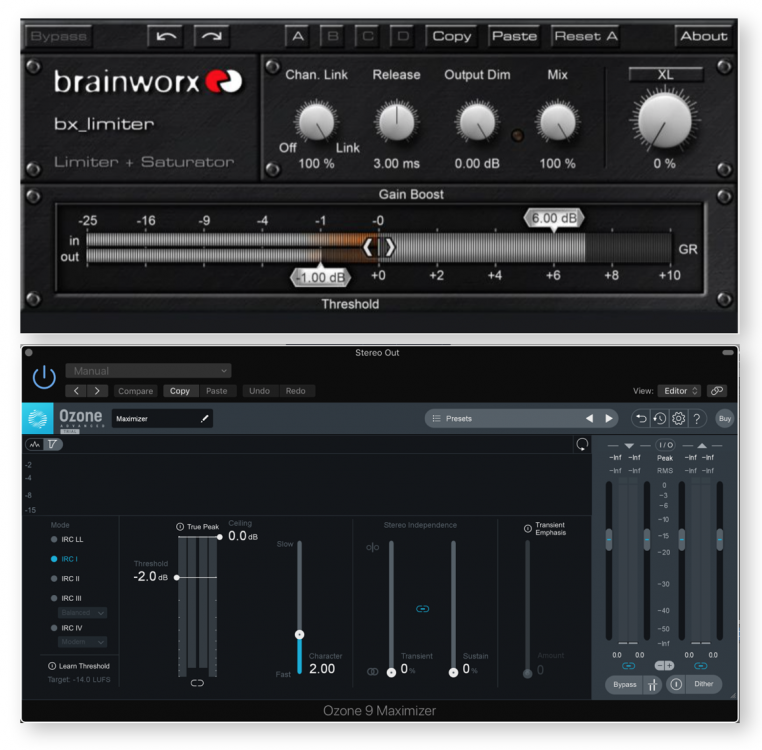


We begin our countdown with an unlikely house classic… We’re taking a broad approach to compression here: compressors, limiters, levelling amps – all are fair game. Here we run down our selection of the best dynamics tools ever made. If you like the sound of one of them, chances are you can go out and buy a plugin which will sound almost identical to the real thing.
WAVES L2 HARDWARE VS SOFTWARE SOFTWARE
Likewise, almost all compressor plugins take direct inspiration from the sound and features of hardware from the 60s and 70s.Įven more importantly, with just a couple of exceptions, most of the compressors on our list have been modelled and emulated by software developers over recent years. Plenty of budget options are available which offer watered down versions of the classics. OK, so the chances of most of us rushing out to drop a small fortune on a Fairchild are pretty slim, but even the most exotic, overpriced vintage classics have a direct influence on the tools we all use to make music. They’re expensive, tricky to use and less convenient than software, right? That might sometimes be true, but we still think there are very good reasons to know about the classics in our list (and, for the record, not all of our choices are actually that expensive). You could be forgiven for assuming that high-end hardware compressors aren’t really relevant to the majority of dance music producers. In this definitive run down of the world’s top hardware compressors both ancient and modern, a superlative-drained David Felton rolls out the adjectives to identify the 20 best compressors ever constructed. But that’s good news for the rest of us if you’re not setting up a hardware-based mastering studio, the much cheaper plugin will probably do the job just as well.1 2 3 4 5 6 7 8 9 10 11 12 13 14 15 16 17 18 19 20 The one major downside? It sounds virtually identical to the plugin on which it’s based.

If you’ve ever compared your own mix with a chart hit and wondered how they’ve managed to push the mix that loud then you can all but guarantee that a maximiser like the L2 has played a pivotal role somewhere in the mastering chain. But that doesn’t stop it being one of the most popular pieces of outboard among mastering engineers looking to squeeze that last fraction of a decibel out of a mix. When pushed hard it’ll happily destroy the dynamics of your track, introduce distortion and eventually create the most horrifically clipped, harsh sound you can imagine. Under the covers the L2 works like any other limiter, by effectively reducing the peak signals in a mix so that everything can be amplified in order to increase the average loudness.īut how does it actually sound? Let’s just say you’re not buying the L2 for its character. As such, it’s become a go-to weapon in many mastering engineers’ arsenals. In the era of aggressive loudness, the appeal of the L2 is obvious: it makes tracks louder. Only very recently have plugins caught up with analogue technology when it comes to controlling the dynamics of a signal. Compression is one of those areas where DSP-based units have traditionally been noticeably inferior to their analogue counterparts. This ‘ultramaximizer’ (essentially a look-ahead stereo mastering limiter) is the only digital unit to make the cut.


 0 kommentar(er)
0 kommentar(er)
